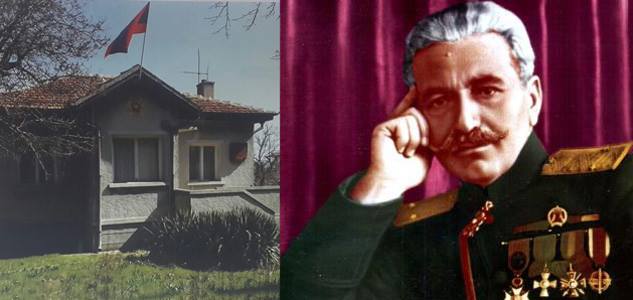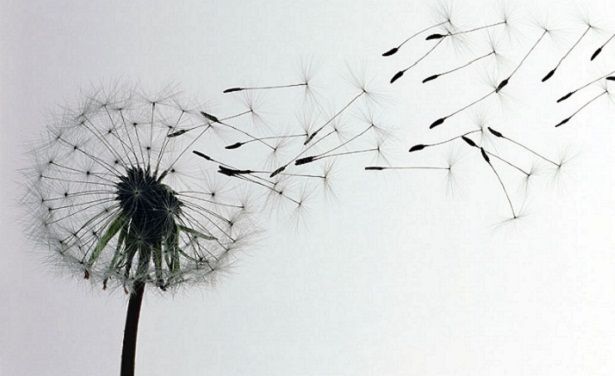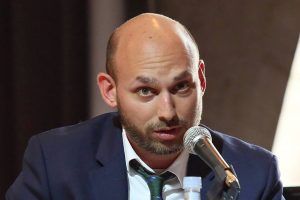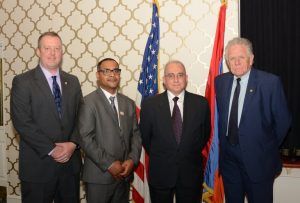Yerem Hovsepyan: “General Andranik’s house is now the property of the Armenian people…”

“Hayern Aysor” was recently informed that Brothers Harutyun and Yerem Hovsepyan have purchased the house where General Andranik lived in Varna, Bulgaria. “Hayern Aysor” tried to find out during an interview with member of the Union of Armenians of Bulgaria Yerem Hovsepyan.
“Hayern Aysor”: Mr. Hovsepyan, I would like you to tell us a little about Andranik’s house and how you purchased it?
Yerem Hovsepyan: When Andranik moves to Bulgaria in 1907, the Emperor of Bulgaria grants him 5 hectares of land. Andranik donates a large portion of the land parcel to orphans and the homeless and uses a small portion of it to build his house. Andranik lives in Bulgaria with a woman who had a girl before meeting Andranik. Until recently the owners of that house were that girl’s grandsons who now live in the United States. A couple of years ago when they wanted to sell the house, they addressed the Armenian Embassy in Bulgaria. When the embassy rejected, they signed an agreement with a Turkish company that wanted to destroy the house and build a multi-story apartment building.
When my brother, Harutyun (Harutyun Hovsepyan is President of the Union of Armenians of Bulgaria-ed.) and I found out that Andranik’s house was going to be destroyed, we immediately took action. We were always interested in the fate of Andranik’s house because that house isn’t just a house for us Armenians. It is the memory of the General, and every corner has a story behind it. After long negotiations, we managed to come to terms with the owner and purchased the house. The owners also said they were liable to provide the General’s shoulder straps, cigar pipe, ink pad, historic photos and his hair, but they didn’t send the hair.
“Hayern Aysor”: What did the house look like when you purchased it?
Y. H.: The house was in very poor conditions. The only thing left was the closet that Andranik had made. From the archives we only found an old photo of the house so that we could restore it. Restoration is underway.
The house has three rooms, a basement with small safes inside and in which there are probably historic documents, but there’s no trace.
You know, you feel strange when you enter Andranik’s house. Your whole body shivers. It seems as though his spirit is wandering in the house. Andranik’s house was a unique place for gatherings. Garegin Nzhdeh, as well as many generals and well-known individuals were hosted there.
Our goal is to turn the house into a museum. We still haven’t decided when the opening will be. We’re gathering items and trying to establish contacts with Andranik’s fellow soldiers and the inheritors of soldiers.
Recently spiritual pastor of the Saint Sargis Church of Varna, Father Hrach told us that an Armenian family from Burgas has the mirror that used to be in Andranik’s house. Two months ago, my brother, Father Hrach and I visited Burgas, and that family agreed to give us the mirror.
The Bulgarians know and love Andranik to this day. Everyone in Andranik’s district knows the General. Andranik’s house is just 500 meters away from the square named after him. The street on which Andranik’s house is located was named after him until 1997.
“Hayern Aysor”: Mr. Hovsepyan, in 2011, the monument to the General was placed in the Square of Andranik through the efforts of the Union of Armenians of Bulgaria.
Y. H.: In 2011, the Parliament of Varna unanimously decided to name one of the squares of the city after General Andranik, and that’s where we wanted to place the statue of the General. The statue was made by Hamlet Ginosyan in Armenia.
We were supposed to transfer the statue to Bulgaria through Turkey. We kept it secret so that we wouldn’t have any problems. Turk lobbyists are very powerful in Bulgaria and they had informed Turkey’s relevant authorities that Andranik’s statue was going to be moved. We spread rumors that we were going to be moving the statue of Bulgarian poet Peyo Javorov. Javorov, after which one of the schools of the Ajapnyak district of Yerevan is named, was a supporter of Armenia’s independence and wrote poems about the Armenians. He is known for his poem “Armenians”.
When the people transferring the statue at the Turkish customs point asked us whose statue it was, we said it was the statue of Javarov. When the truth was told, Turkey broke into frenzy, and even Turkish presses touched upon the issue.
The public and political circles of Bulgaria and government officials participated in the opening of the statue.
With this we’re trying to find the traces of Armenians in Bulgaria. In 2004, we placed a cross-stone made from basalt in memory of the victims of the Armenian Genocide at the square of Varna Municipality. For this we were granted a Certificate of Appreciation by President of the Republic of Bulgaria Georgi Prvanov.
We’ve also placed a monument dedicated to the 1876 rebellion of Batak in Batak, Bulgaria. The opening was held on April 24th. We’ve also placed a cross-stone in Tosheyevo.
“Hayern Aysor”: Mr. Hovsepyan, in the end, I would like you to talk about the future plans of the Union of Armenians of Bulgaria.
Y. H.: Our future plans are to foster Armenia’s economic development, and we talked about that during our meeting with RA Minister of Diaspora Hranush Hakobyan. Bulgaria is considered a transit country in Europe. We have a goal to establish bases so that Armenian exporters will have easier access to countries across Europe. This will not only help Armenia’s exporters, but will also contribute to Armenia’s economic development.
Recently Harutyun and I participated in the 5th Armenia-Diaspora Conference, during which we found out that Garegin Nzhdeh also had a house in Bulgaria. Currently, we’re trying to find out information about that in Bulgaria’s archives.
Interview by Lusine Abrahamyan




 Արևելահայերեն
Արևելահայերեն Արևմտահայերեն
Արևմտահայերեն Русский
Русский






